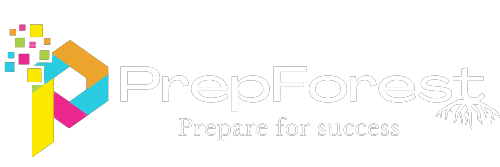The Cognitive Abilities Test (CogAT) is a widely used assessment tool designed to measure a student’s cognitive abilities in three areas: verbal, quantitative, and nonverbal. The CogAT test is administered to students from grades K-12 and is used by educators to identify students’ strengths and weaknesses in reasoning and problem-solving skills.
The CogAT test is taken by a wide range of students, including:
- Elementary School Students: Elementary school students, typically in grades K-5, are given the CogAT to evaluate their cognitive development and academic potential. The test helps identify students who may be gifted and talented and require specialized instruction.
- Middle School Students: Middle school students, typically in grades 6-8, take the CogAT to identify students who may have academic potential that has not been previously recognized. The test helps to determine students’ eligibility for gifted and talented programs, advanced classes, and other educational opportunities.
- High School Students: High school students, typically in grades 9-12, may take the CogAT to evaluate their cognitive abilities and determine their eligibility for advanced placement programs and other academic opportunities.
- Homeschooled Students: Homeschooled students may take the CogAT as a part of their curriculum assessment. The test provides valuable information to parents about their child’s cognitive abilities and helps them plan their educational path.
- Students with Disabilities: Students with disabilities may take the CogAT with accommodations or modifications to evaluate their cognitive abilities and determine their eligibility for special education programs.
In conclusion, the CogAT is a valuable assessment tool used to evaluate students’ cognitive abilities across various age groups and educational settings. By identifying students’ strengths and weaknesses in reasoning and problem-solving skills, educators can provide specialized instruction and opportunities to help students reach their full academic potential.

